C ONTENTS
GILDERSLEEVES
LATIN
GRAMMAR
B. L. Gildersleeve
AND
G. Lodge
DOVER PUBLICATIONS, INC.
New York
LATIN GRAMMAR
__________
E TYMOLOGY .
Alphabet.
. T HE Latin alphabet has twenty-three letters:
A B C D E F G H I K L M N O P Q R S T V X Y Z
R EMARKS. . The sounds represented by C and K were originally distinct, C having the sound of G, but they gradually approximated each other, until C supplanted K except in a few words, such as Kalendae, Kaes, which were usually abbreviated, Kal., K. The original force of C is retained only in C. (for Gius) and Cn. (for Gnaeus).
. J, the consonantal form of I, dates from the middle ages. V represented also the vowel u in the Latin alphabet; and its resolution into two lettersV for the consonant, and U for the vowelalso dates from the middle ages. For convenience, V and U are still distinguished in this grammar.
. Y and Z were introduced in the time of Cicero to transliterate Greek and . In early Latin was represented by u (occasionally by i or oi), and by ss or s. Z had occurred in the earliest times, but had been lost, and its place in the alphabet taken by G, which was introduced after C acquired the sound of K.
N OTE .The Latin Dames for the letters were: a, be, ce, de, e, ef, ge, ha, i, ka, el, em, en, o, pe, qu (= cu), er, es, te, u, ex (ix), to be pronounced according to the rules given in 3, 7. For Y the sound was used, for Z the Greek name (zta).
Vowels.
The vowels are a, e, i, o, u, (y); and are divided:
. According to their quality (i, e., the position of the organs used in pronunciation), into
guttural (or back), a, o, u;palatal (or front), e, i, (y).
. According to their quantity or prolongation (i. e., the time required for pronunciation), into

), and are distinguished thus:

3. Sounds of the Vowels.

R EMARK. The short sounds are only less prolonged in pronunciation than the long sounds, and have no exact English equivalents.
Diphthongs.
There are but few diphthongs or double sounds in Latin. The theory of the diphthong requires that both elements be heard in a slur. The tendency in Latin was to reduce diphthongs to simple sounds; for example, in the last century of the republic ae was gliding into , which took its place completely in the third century A. D. Hence arose frequent variations in spelling: as glaeba and glba, sod; so oboedre and obdre, obey; faenum (foenum) and fnum, hay.

OTE .Before the time of the Gracchi we find ai and oi instead of ae and oe.
. The sign .. (DirsisGreek=separation) over the second vowel shows that each sound is to be pronounced separately;  r, air;Oenomas, alo
r, air;Oenomas, alo .
.
Consonants.
6. Consonants are divided:
. According to the principal organs by which they are pronounced, into

N OTE .Instead of dental and guttural, the terms lingual and palatal are often used.
. According to their prolongation, into
A.Semi-vowels: of which

B.Mutes: to which belong

Those on the same line are said to be of the same organ.
Mutes are further divided into

Those on the same line are said to be of the same order.
The aspirates were introduced in the latter part of the second century B. C. in the transliteration of Greek words, and thence extended to some pure Latin words; as, pulcher, Gracchus.
. Double consonants are: z = dz in adze; x = cs (ks), gs; i and u between two vowels are double sounds, half vowel, half consonant.
Sounds of the Consonants.
The consonants are sounded as in English, with the following exceptions:
C is hard throughout = k.
Ch is not a genuine Latin combination (6, ). In Latin words it is a k; in Greek words a kh, commonly pronounced as ch in German.
G is hard throughout, as in get, give.
H at the beginning of a word is but slightly pronounced; in the middle of a word it is almost imperceptible.
Iconsonant (J) has the sound of a broad y; nearly like y in yule.
N has a guttural nasal sound before c, g, q, as in anchor, anguish.
Qu = kw (nearly); before o, qu = c. In early Latin qu was not followed by u. Later, when o was weakened to u, qu was replaced by e; thus quom became cum. Still later qu replaced c, yielding quum.
R is trilled.
S and X are always hard, as in hiss, axe.
T is hard throughout; never like t in nation.
Uconsonant (V) is pronounced like the vowel, but with a slur. In the third century A. D. it had nearly the sound of our w. In Greek it was frequently transliterated by ; so = Valerius.
Phonetic Variations in Vowels and Consonants.
. Vowels.
. Weakening.In the formation of words from roots or stems short vowels show a tendency to weaken; that is, a tends to become e and then i, or o and then u, while o tends towards e or i, and u towards i. This occurs most frequently in compound words, to a less degree in words formed by suffixes. Diphthongs are less frequently weakened and long vowels very rarely. The principal rules for these changes are as follows, but it must be remembered that to all there are more or less frequent exceptions:
A.. In the second part of compound words, and in reduplicated words, the root-vowel is weakened to , which usually passes over into in open syllables (11, R .), and often to before
Next page
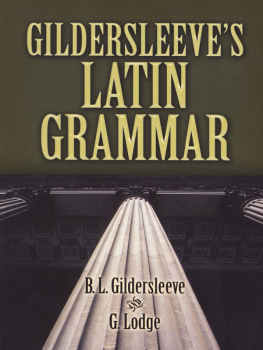


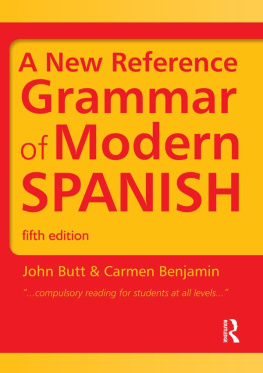

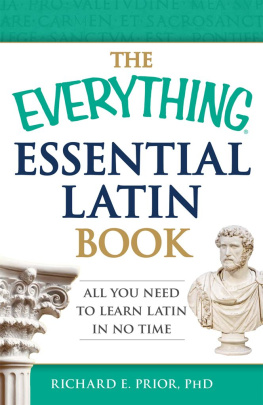
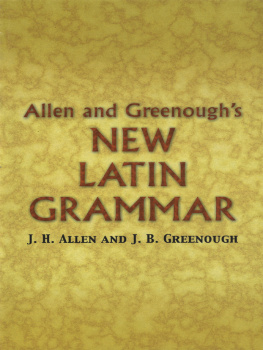


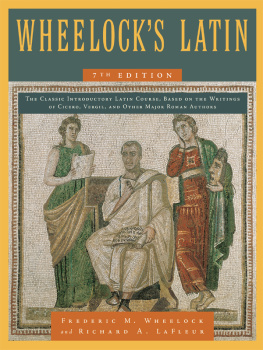




 r, air;Oenomas, alo
r, air;Oenomas, alo


